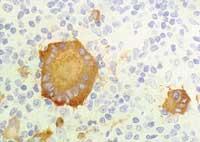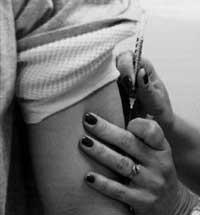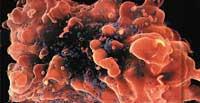Few advances in AIDS
2003/07/18 Rementeria Argote, Nagore - Elhuyar Zientziaren Komunikazioa
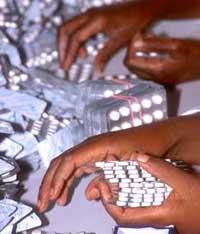
Oiartzun is the subject with the highest incidence of resistant virus dross. According to a study conducted in Europe, one-tenth of those newly infected with HIV have resistant slag, that is, at least one of the drugs used against the virus does not affect it. Consequently, it can be said that virus slags resistant to all currently used drugs are increasingly abundant.
However, research cannot be extracted from its context, since research has been conducted with 1,600 Europeans and it must be taken into account that the dominant HIV in Europe is type B. Not only that, in Europe we have been adapting AIDS treatments for almost twenty years, which means that the virus has had time to move to combat them. In Africa and Asia, however, there are hardly any variant B viruses and treatments for the disease are not available to everyone. Thus, only 3.3% of the viruses of the other variant are resistant to the action of some medicine.
For cases where not all other treatments are valid, Roche presents the drug Fuzeon. This medicine is effective against any dross of viruses. But they have not yet managed to market it and it is only used for the most resistant viruses, when there is no other alternative.
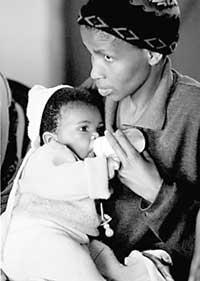
Another objective of the meeting was to report on the latest antivirus treatments. Among these treatments, it is important that children who take the breast do not become contaminated by viruses. It seems that children of hiv-positive mothers have a 15% chance of suffering the virus. This treatment reduces the probability to 1%. It is basically the same group of medications adults take but in smaller doses.
Faced with this treatment of lactation, many researchers have appeared simple skeptics, since no virus resistance has been investigated.
However, although it must be recognized that there has been a scientific advance, it does not seem to be very useful. In fact, it is advised not to breastfeed the virus-infected mother and usually only the person who has no other means to breastfeed. And who has no money to buy milk can take care of the treatment? Rarely, only 1% of those infected with viruses receive treatment in sub-Saharan countries.
Additional information:
No escape to AIDS in the dossier

Gai honi buruzko eduki gehiago
Elhuyarrek garatutako teknologia




